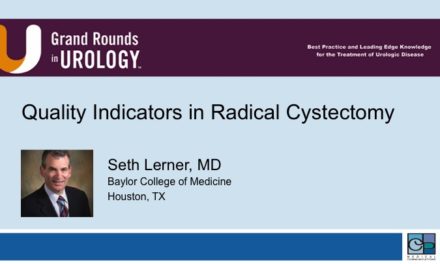
Thromboembolism in Patients with Bladder Cancer: Incidence, Risk Factors and Prevention
Abstract
Patients with bladder cancer are at high risk of developing both venous and arterial thromboembolic events. Factors that contribute to this phenomenon include the hypercoagulable state induced by the malignancy itself, medical comorbidities that are common in this predominantly elderly patient population as well as treatments such as prolonged pelvic surgery and cisplatin-based chemotherapy. While formal guidelines address prevention of venous thromboembolism in patients undergoing radical cystectomy, consensus regarding the role of pharmacologic prophylaxis in patients with bladder cancer being treated with chemotherapy, either with neoadjuvant or adjuvant intent in conjunction with radical cystectomy, as part of bladder preservation protocols or for metastatic disease, has proved elusive. The present narrative review was undertaken to define the incidence of and identify risk factors for thromboembolism among patients with bladder cancer, as well as to assess the efficacy of pharmacologic prophylaxis in reducing the risk of thromboembolism in this patient population.
Authors: Zareba, Piotr | Duivenvoorden, Wilhelmina C.M. | Pinthus, Jehonathan H.
Journal: Bladder Cancer, vol. 4, no. 2, pp. 139-147, 2018




